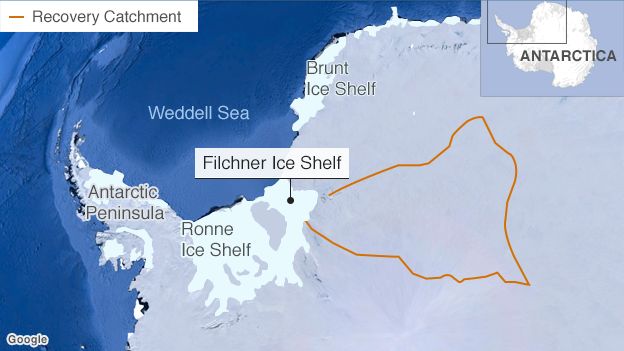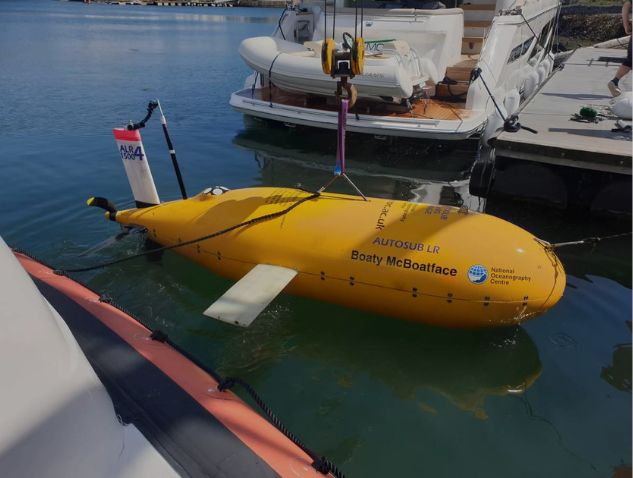The famed robotic submarine Boaty McBoatface recovery has been successfully recovered off the Scottish coast by engineers, despite encountering heavy seas and strong winds. After spending 55 days at sea, the yellow submersible emerged from the water with a few connected marine growths and layers of marine debris on it. Rob Templeton, who’s at the moment dismantling it near Leverburgh on the Isle of Harris, says it’s a little slimy and the smells of the water have seeped in. On it, a few things are growing.
Boaty McBoatface Recovery Groundbreaking Voyage
From Iceland, Boaty McBoatface set off on an amazing 2,000-kilometer research expedition that would advance our knowledge of climate change. The submarine went on a mission to gather additional information about “marine snow,” which is basically made up of microscopic particles that sink to the ocean floor and absorb significant amounts of carbon. There’s still a lot to discover about this deep-sea “twilight zone” exploration. As the scientists’ eyes and ears, Boaty set out on its largest excursion to date, a journey that BBC News closely followed.

The History of Boaty McBoatface and His Goals
In 2016, the public awarded Boaty McBoatface, a polar research vessel, its first gift. While the name didn’t make it to the polar ship, it was assigned to a fleet of six identical robots at the National Oceanography Centre in Southampton. This latest expedition was a significant engineering milestone, with Rob Templeton expressing relief at Boaty’s successful performance. “Boaty has absolutely passed. It’s a massive relief,” he remarked.
The Technological Feat
Engineers used satellite communication to order Boaty to travel, dive, and activate sensors during the expedition. Not only is Boaty’s technological prowess intriguing, but it is also essential for expanding our understanding of climate dynamics. Temperature, photosynthesis, oxygen concentrations, nutrition levels, and other biological and chemical characteristics could all be monitored by the submarine thanks to its more than twenty sensors.
Comprehending the Biological Carbon Cycle
The expedition’s primary goal was to investigate the biological carbon pump, an essential mechanism for storing carbon in the oceans. Microscopic zooplankton consumes the carbon that is absorbed by phytoplankton at the ocean’s surface. This causes fecal pellets, sometimes referred to as marine snow, to sink to the ocean floor, thereby locking carbon away and reducing atmospheric CO2 levels, a major factor in the human-caused climate change. Scientists still don’t fully understand the mechanisms underlying the carbon pump and how it responds to climate change, despite its importance.

Insights from the BioCarbon Project
The goal of the BioCarbon project is to unravel the mysteries surrounding the carbon pump. It is being headed by the National Oceanography Centre, the University of Southampton, and Heriot-Watt University in Edinburgh. Researchers working on the project, Drs. Stephanie Henson and Mark Moore, discussed how they were measuring the activity of phytoplankton and the interactions between zooplankton in the upper ocean. Dr. Henson emphasized the role that the carbon pump plays in reducing the effects of climate change, pointing out that atmospheric CO2 levels would be much greater in the absence of it.
Emerging Concerns and Future Research
The first results point to a possible weakening of the carbon pump, as evidenced by the smaller-than-expected zooplankton and phytoplankton blooms. This may suggest that there will be more CO2 in the atmosphere if the trend continues. The team will further analyze this data and put them into climate models to estimate future temperature changes and their spatial implications.
The head of the BioCarbon project, Understanding oceanic carbon storage in relation to geoengineering is crucial, as Dr. Adrian Martin emphasized. While others advocate altering the ocean’s chemistry to enhance carbon absorption, such tactics are controversial and could have unforeseen consequences. Before taking any major action, it is necessary to understand how the carbon pump works.
The Road Ahead
Now that the preliminary study has been over, Boaty McBoatface is coming back to Southampton. The group intends to return to Iceland in order to contrast autumnal and springtime weather. Their study could help develop mitigation methods for environmental harm and provide greater insights into how our warming world will change in the future.
Boaty McBoatface’s expedition represents a significant step forward in oceanographic research, offering hope for better understanding and addressing the impacts of climate change.
For more latest news checkout our website: latestglobalinsight










